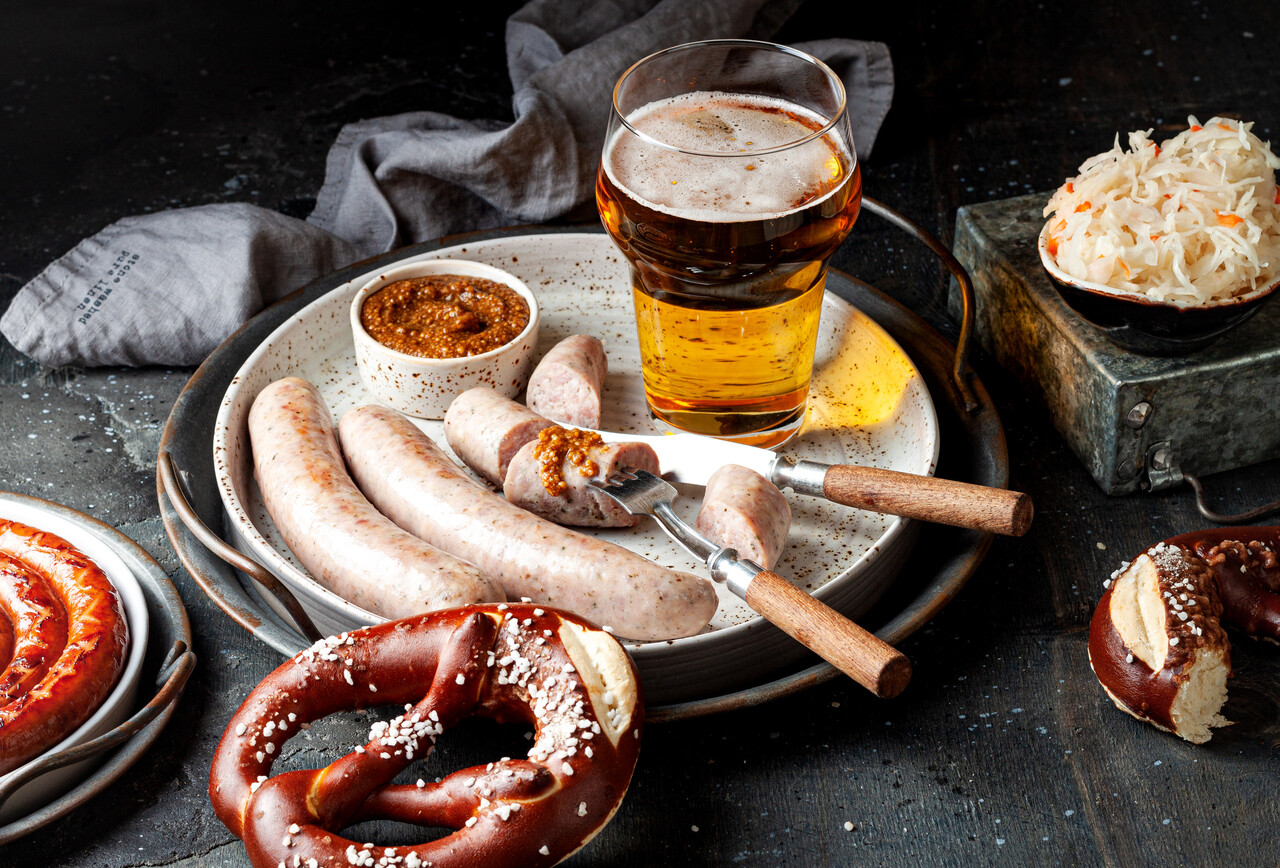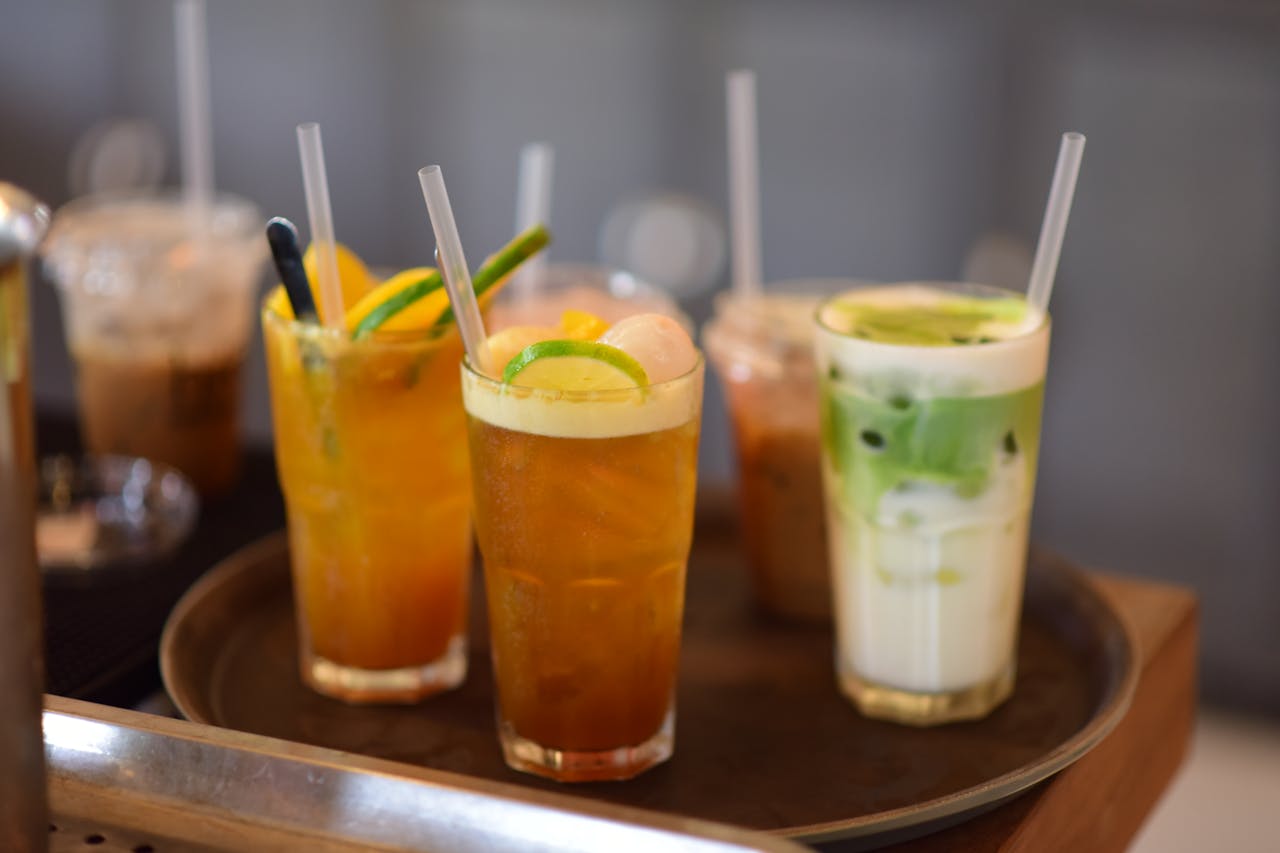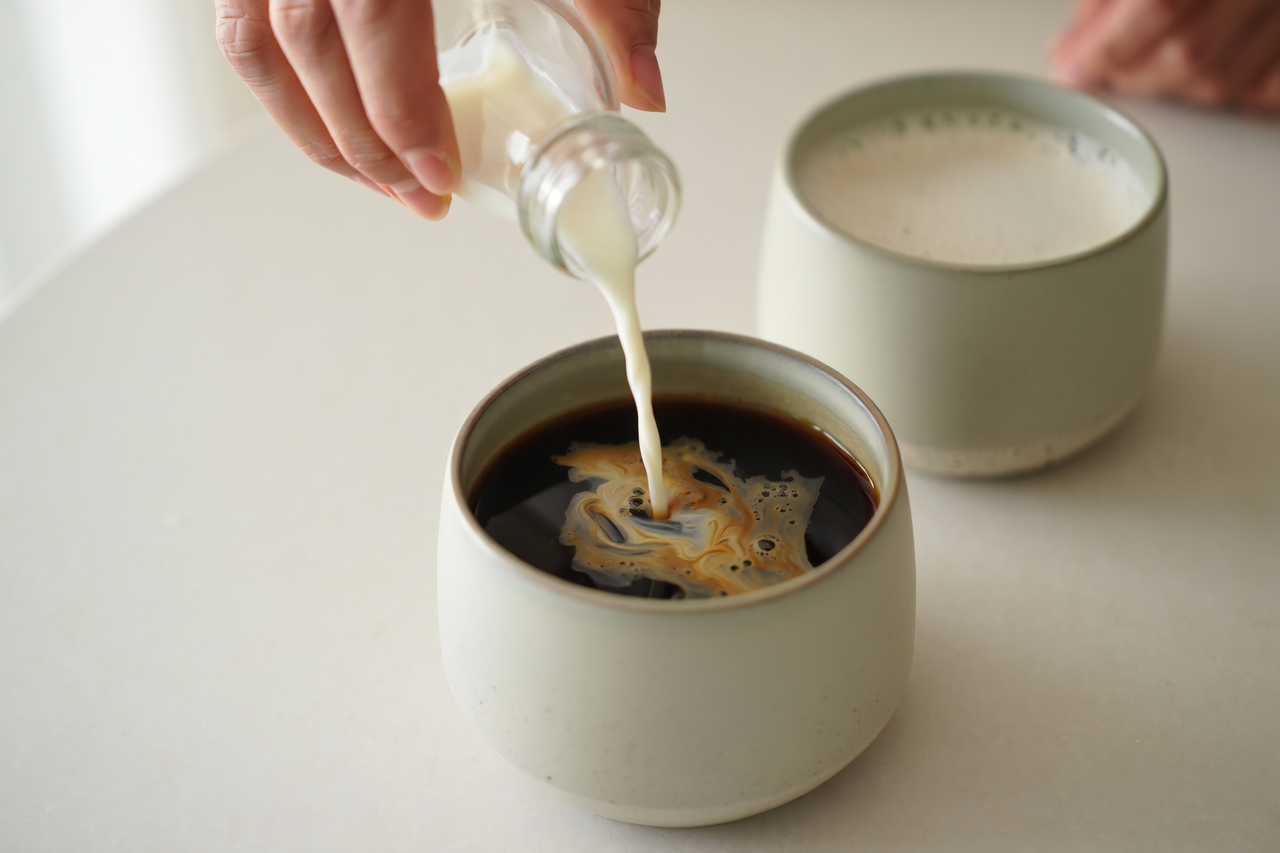10 Signs You’re Eating at a Bad Mexican Restaurant
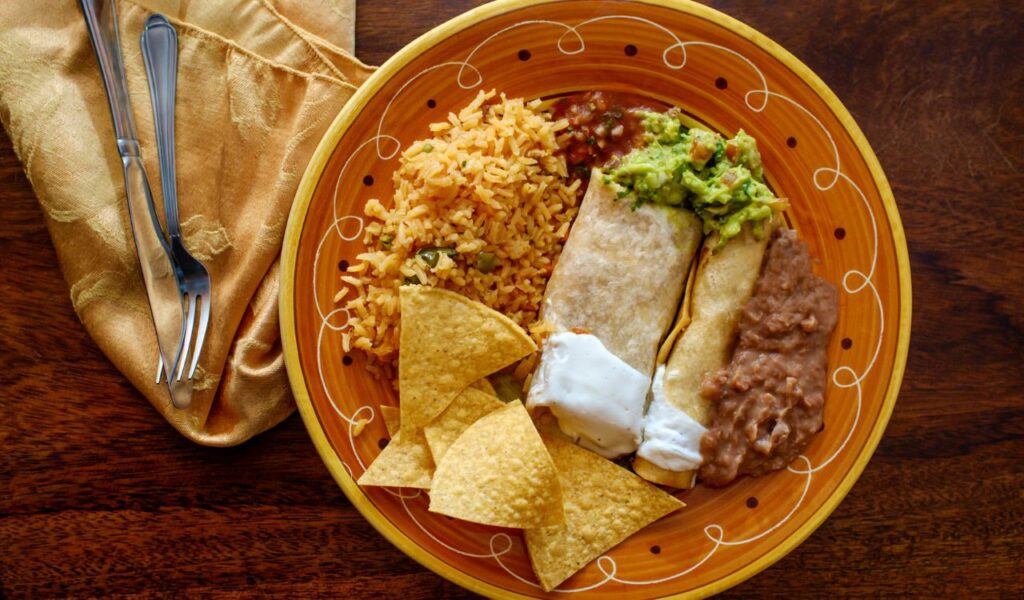
That “authentic” Mexican restaurant you love might be fooling you with the same tricks as a fast-food chain. Food experts say most Americans have never tasted real Mexican cuisine, and these red flags prove why. Spot even three of these signs, and you’re eating at the wrong place. From suspicious cheese sauces to tortillas that crumble in your hands, these insider tips reveal exactly what separates genuine establishments from imitations. Here are the 10 signs you’re eating at a bad Mexican restaurant.
1. Pre-Made Guacamole
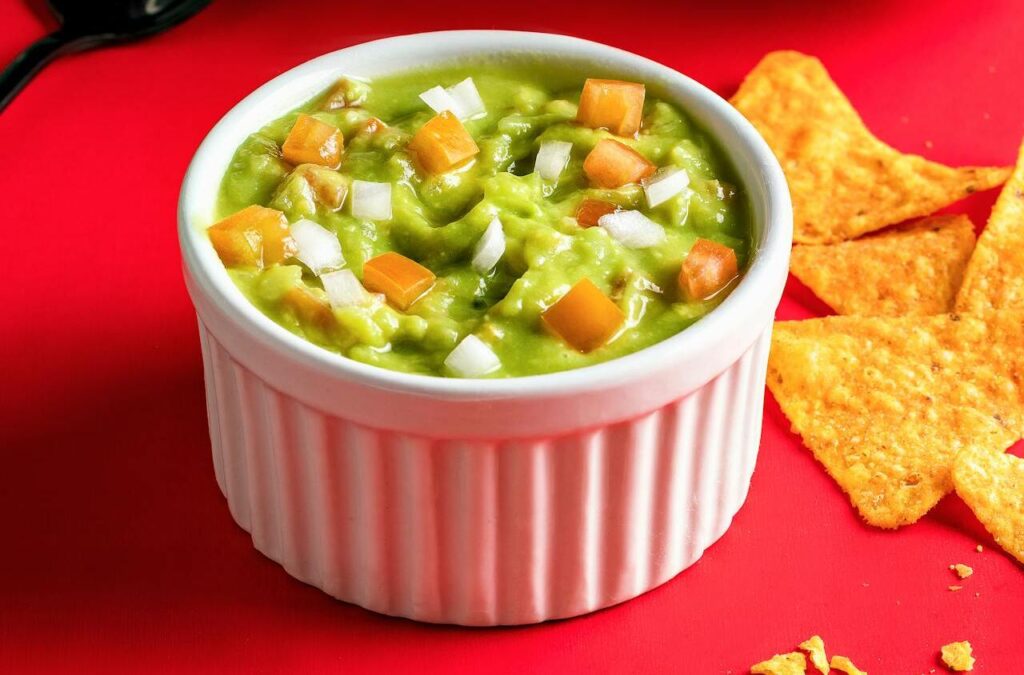
If your guac arrives in a perfectly smooth scoop that looks suspiciously uniform, you’ve just been served something from a bag. Authentic guacamole should be prepared fresh to order with visible chunks of avocado, never pre-made with an ice cream scoop. Pre-made guacamole tastes mushy, musty, and lacks the bright flavor that properly prepared guac delivers. The presence of bottled lime juice instead of fresh citrus is an immediate red flag. Quality restaurants prepare it tableside, ensuring that vibrant green color before it oxidizes.
2. Yellow American Cheese and Nacho Cheese Sauce
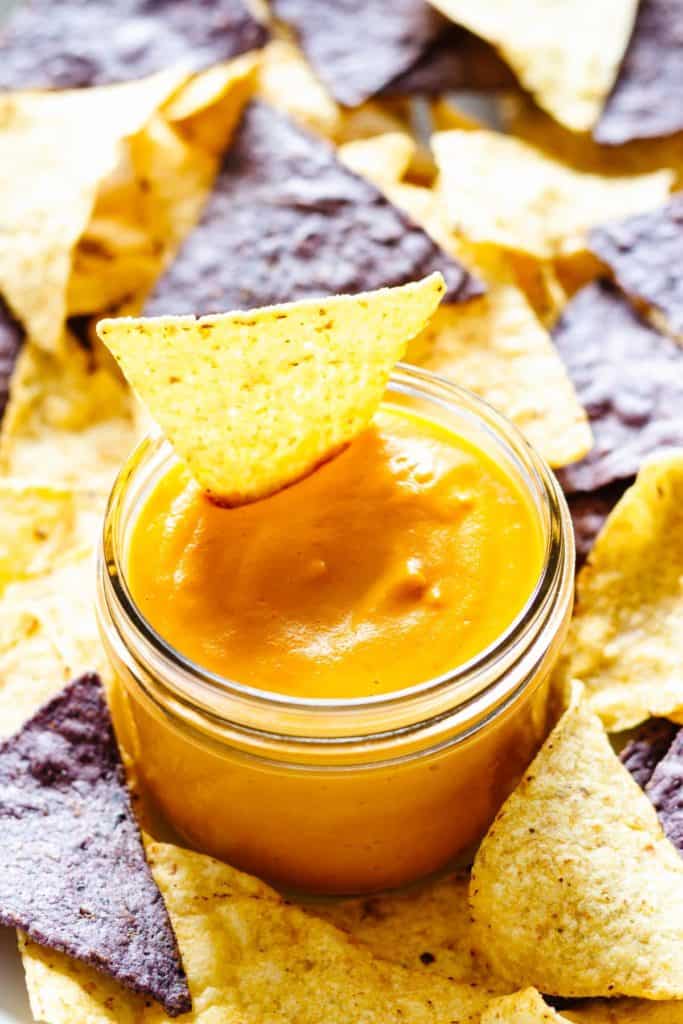
Let’s be real: if you see that neon-orange nacho cheese anywhere near your enchiladas, just leave. Traditional Mexican cuisine uses fresh white cheeses like queso fresco, cotija, queso Oaxaca, and panela that are crumbly and mild. Real Oaxaca cheese resembles white string cheese, similar to fresh mozzarella, never the processed sauce that’s become synonymous with stadium nachos. This substitution happens because processed cheese is cheaper with a longer shelf life than delicate fresh Mexican cheeses you’d find south of the border.
3. Mass-Produced Tortillas
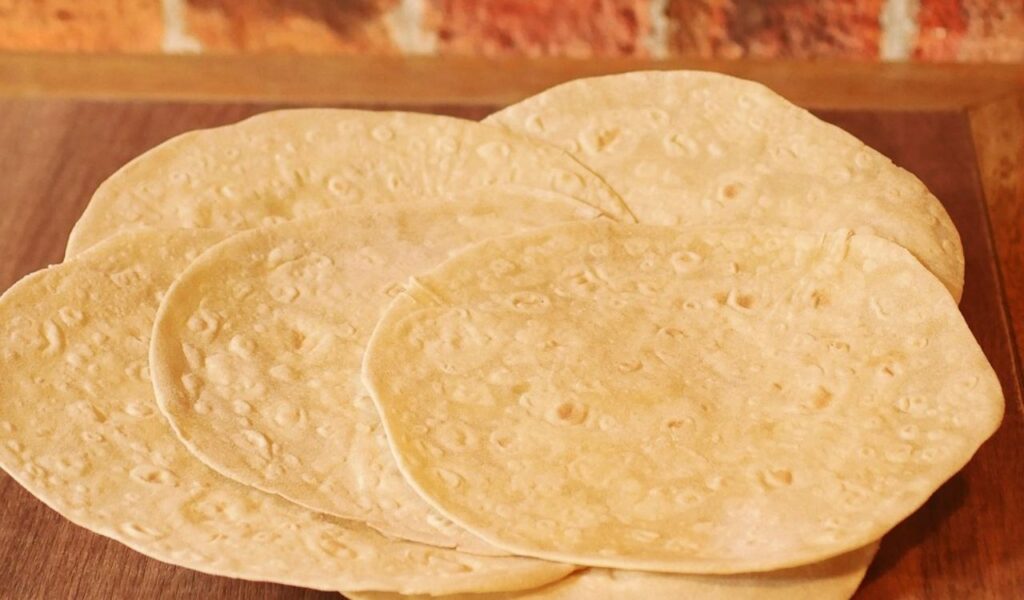
Ever notice how your tacos crack and fall apart before you finish eating them? That’s your first clue something’s wrong. Fresh tortillas should be made in-house or sourced fresh daily using nixtamalized corn masa, an ancient process that treats corn with lime solution for that pliable texture. Quality tortillas have the distinctive aroma of fresh corn and remain flexible when folded. Store-bought tortillas break easily, arrive cold and uniform in size, and lack that authentic corn smell that should hit you the moment they arrive at your table.
4. Cold or Canned Salsa

Here’s the thing: salsa served cold directly from the refrigerator is deliberately suppressing the flavors that make it delicious. Cold temperatures numb taste receptors on your tongue, preventing you from experiencing the full complexity of fresh chiles, tomatoes, and spices. That’s why authentic Mexican restaurants serve it warm or at room temperature. A processed, metallic, or overly acidic taste indicates canned ingredients rather than fresh daily preparation. Authentic spots typically offer at least three distinct house-made salsas with varied textures.
5. Pre-Made Taco Seasoning Packets
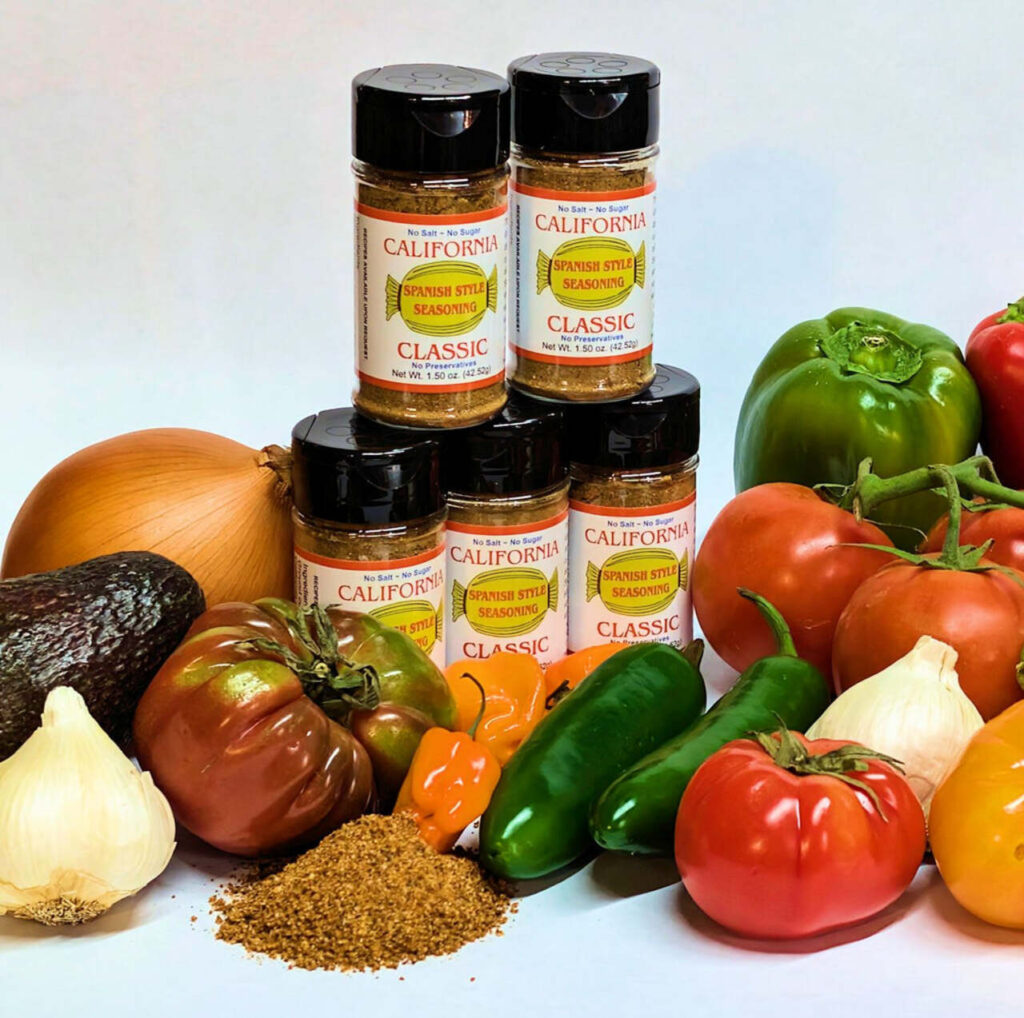
Quality Mexican cooking builds flavor through carefully layered individual spices like garlic, onion, oregano, and various chile powders often toasted and ground in-house. Pre-made taco seasoning creates one-dimensional flavor and eliminates the depth that authentic regional cuisine demands. Different regions use different spice ratios, so a mole from Oaxaca tastes completely different from one made in Puebla. The shortcut of using premade packets reveals a kitchen prioritizing convenience over authentic flavor, and honestly, you can taste the difference immediately.
6. Sour Cream Instead of Mexican Crema
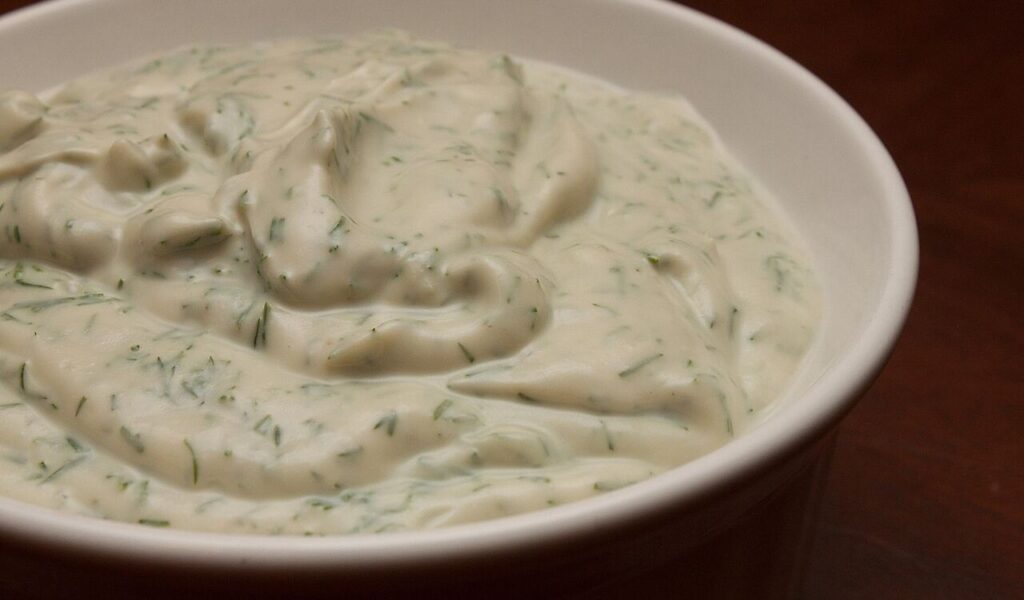
Traditional Mexican restaurants use crema, a lighter, tangier, pourable cultured cream that won’t curdle when added to hot dishes like enchiladas or soups. Sour cream is thicker, more acidic, and cheaper with a longer shelf life, making it the go-to for restaurants prioritizing cost over authenticity. The texture difference is immediately noticeable because crema drizzles elegantly over tacos while sour cream sits in thick dollops. Authentic establishments never serve American condiments because they’re simply not part of traditional Mexican cuisine you’d find in Mexico City or Guadalajara.
7. No Regional Dishes or Variation
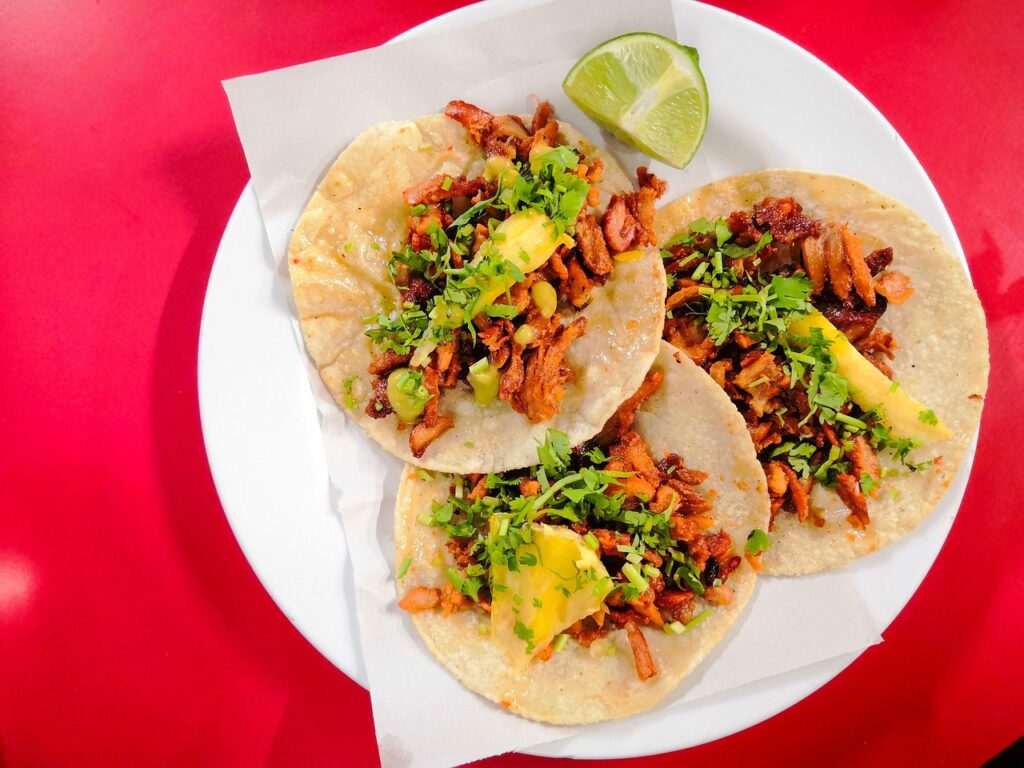
A menu listing generic “tacos” without specifying carnitas, birria, al pastor, or other preparations shows simplified mass-appeal cooking that ignores Mexico’s culinary diversity. Authentic Mexican cuisine varies dramatically by region, with each state boasting unique dishes like cochinita pibil from Yucatán or carne asada from northern states. Restaurants should showcase regional traditions rather than one-size-fits-all combinations. The absence of house-made variations, daily specials, or regional specialties suggests reliance on pre-packaged ingredients instead of skilled traditional preparation from actual Mexican recipes.
8. Combo Plates With Rice and Beans on Everything
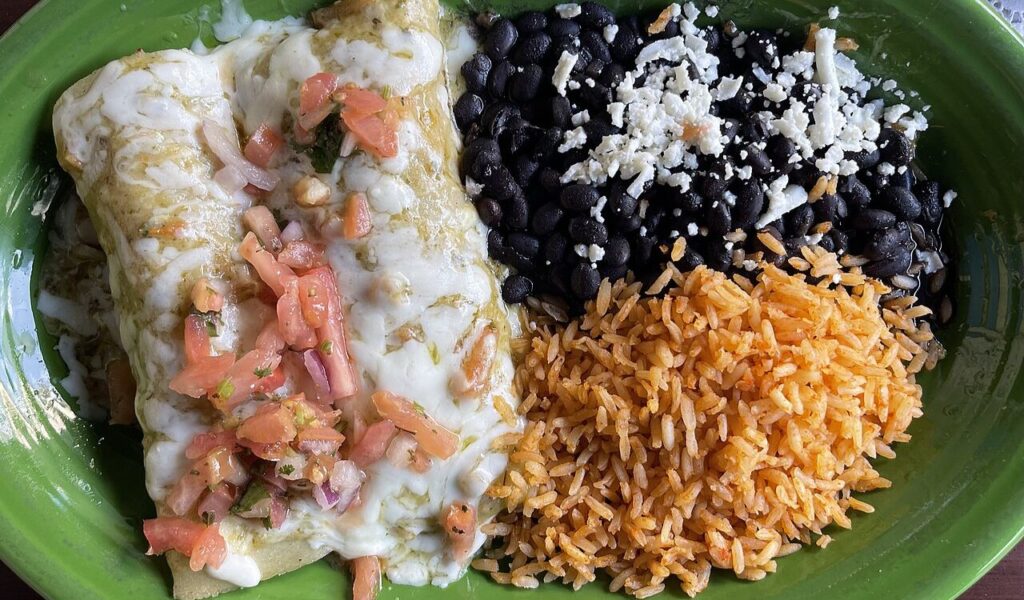
Combo platters piled with Spanish rice and refried beans on every dish are hallmarks of Americanized Tex-Mex designed to satisfy expectations of value through quantity. Authentic Mexican restaurants serve dishes as they’re meant to be presented regionally, not in standardized combinations that ignore how food is actually eaten in Mexico. Real Mexican cuisine celebrates regional diversity where tacos might come with just lime wedges and radishes, not obligatory sides. These combo plates are a distinctly American invention created to appeal to diners unfamiliar with authentic Mexican dining customs and traditions.
9. Pre-Made Frozen Margaritas
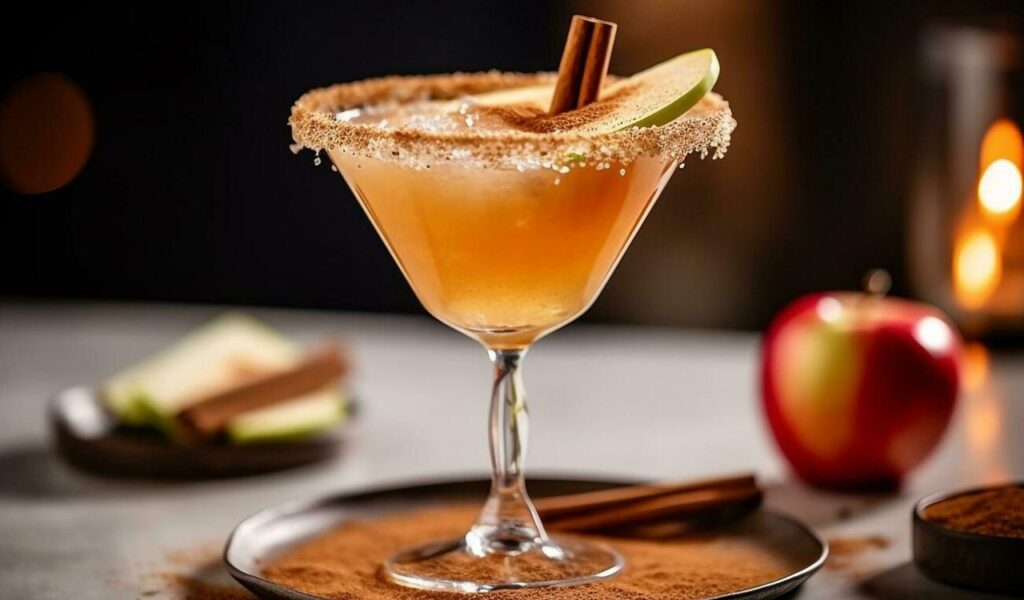
Fresh margaritas should be made with real lime juice and 100% blue agave tequila, delivering that vibrant citrus punch that complements Mexican cuisine’s bold flavors. Pre-made mixes are overly sweet, artificial-tasting, and contain high-fructose corn syrup instead of fresh fruit, completely masking any tequila quality. A quality bar program with fresh ingredients shows the restaurant takes pride in all aspects of the experience. Cheap mixto tequilas contain only 51% agave with the remainder being cane sugar or corn syrup, producing harsh hangovers and inferior taste that ruins your entire evening.
10. Canned Vegetables
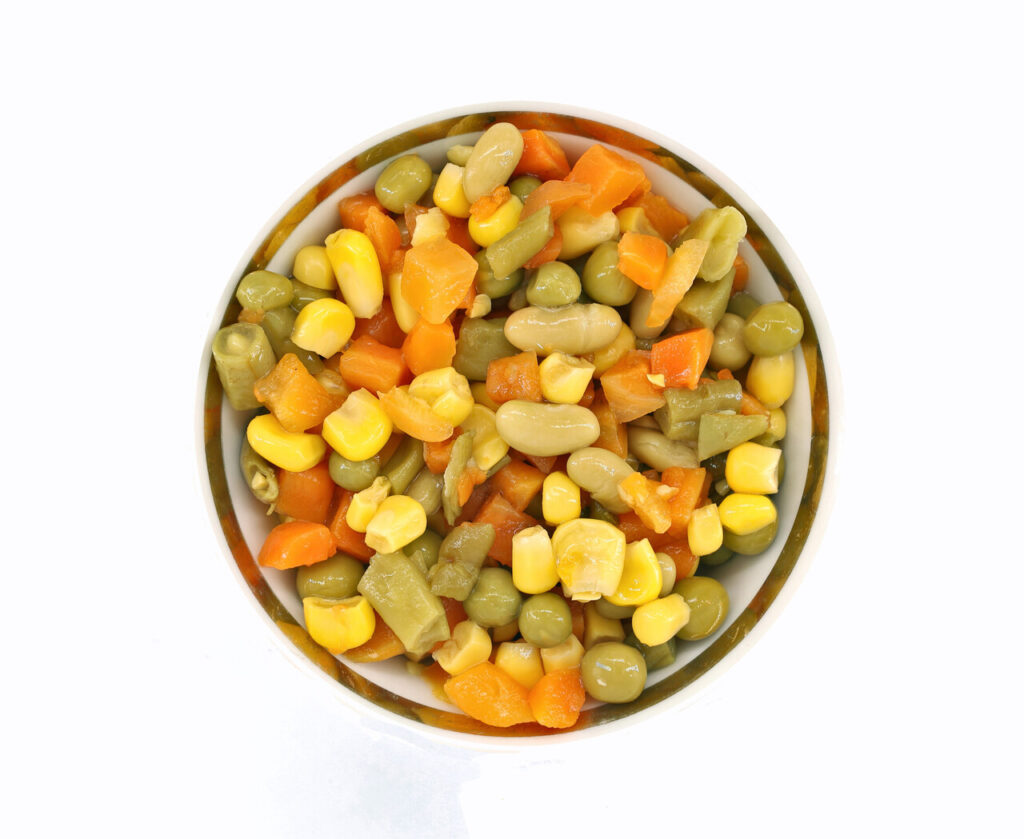
Canned tomatoes, peppers, and vegetables have a metallic taste and a darker, duller color compared to fresh produce, which defines Mexican cuisine’s vibrant visual appeal. The use of canned ingredients shows a restaurant that doesn’t prioritize freshness, which is fundamental to authentic Mexican cooking that celebrates seasonal, locally-sourced produce. Fresh vegetables provide the bright colors, crisp textures, and natural sweetness that make dishes like pico de gallo or grilled elote irresistible. Authentic Mexican restaurants feature fresh produce like avocados, limes, cilantro, and various chiles as cornerstones of virtually every dish.



